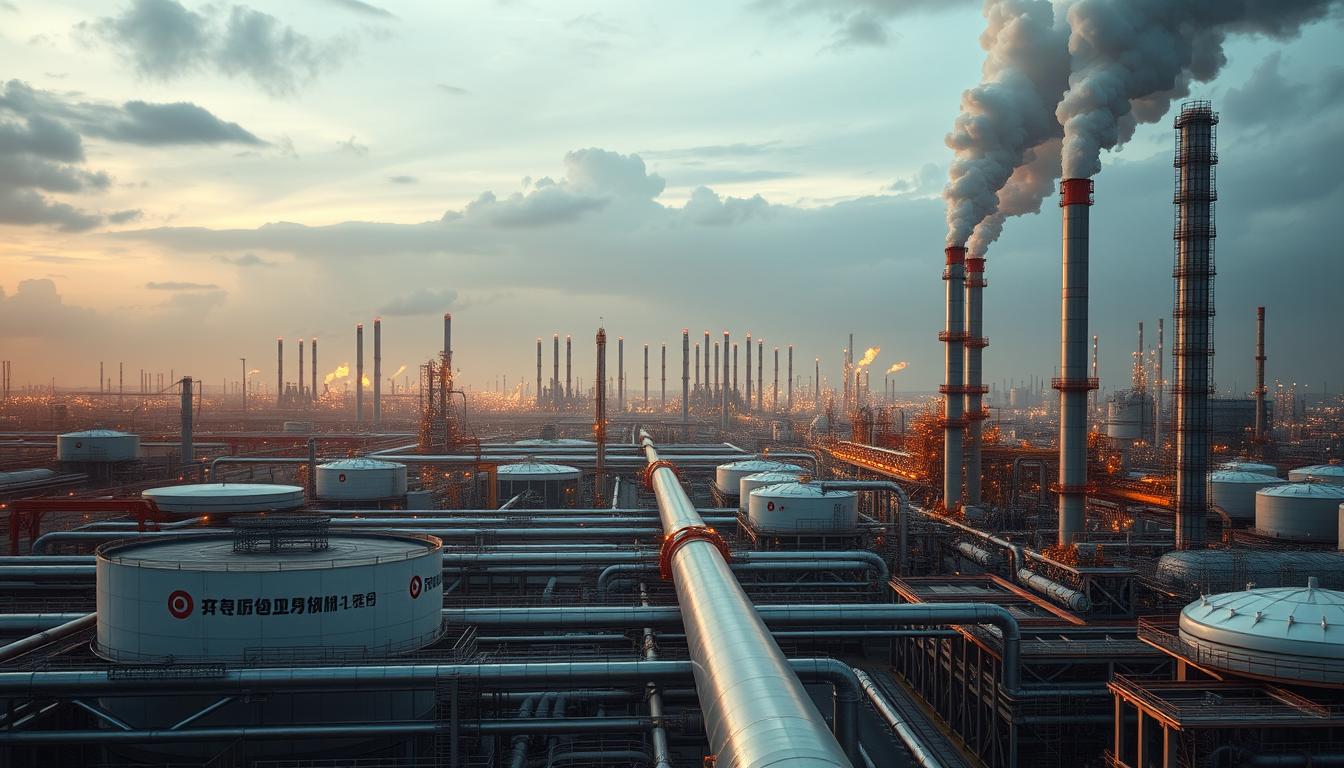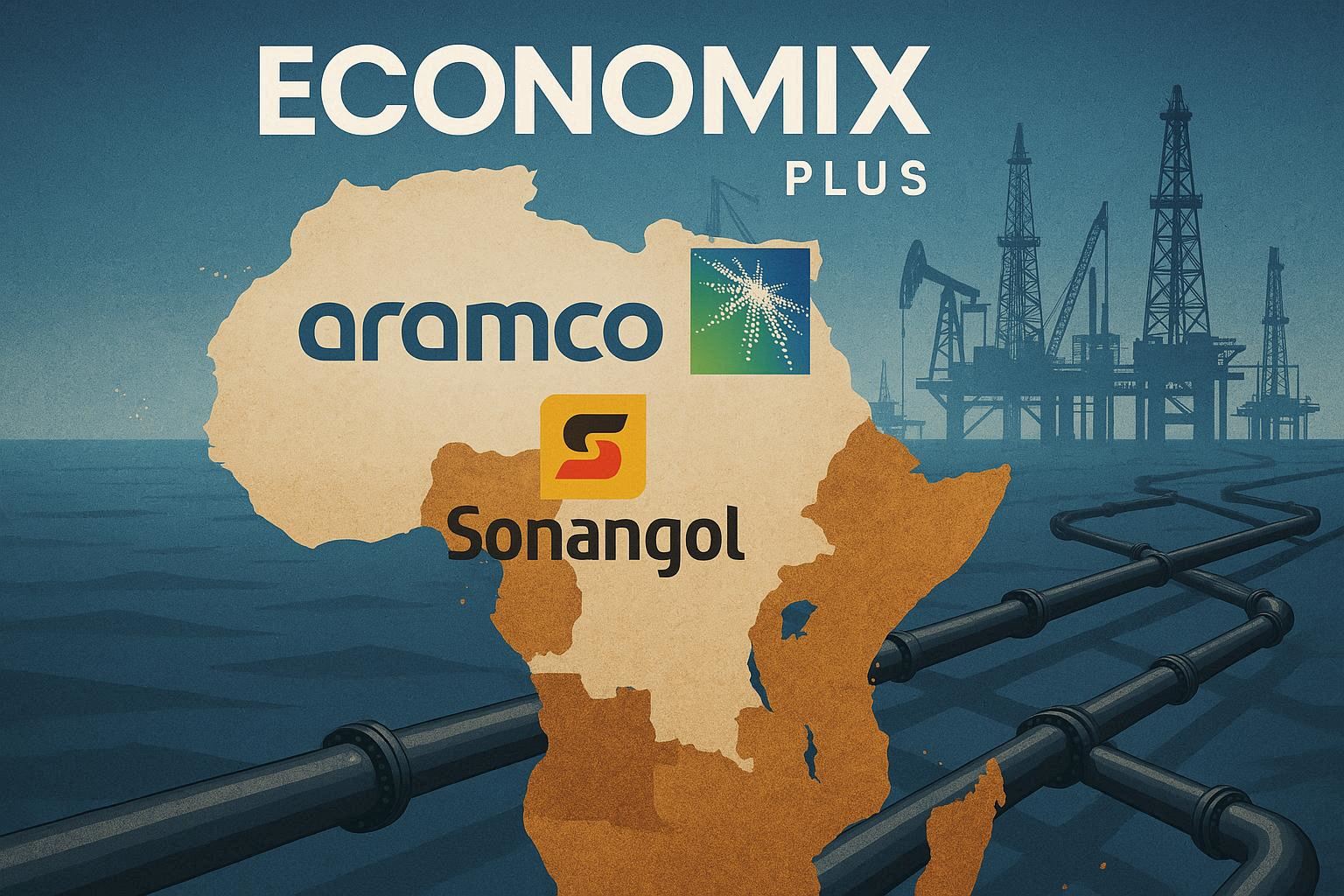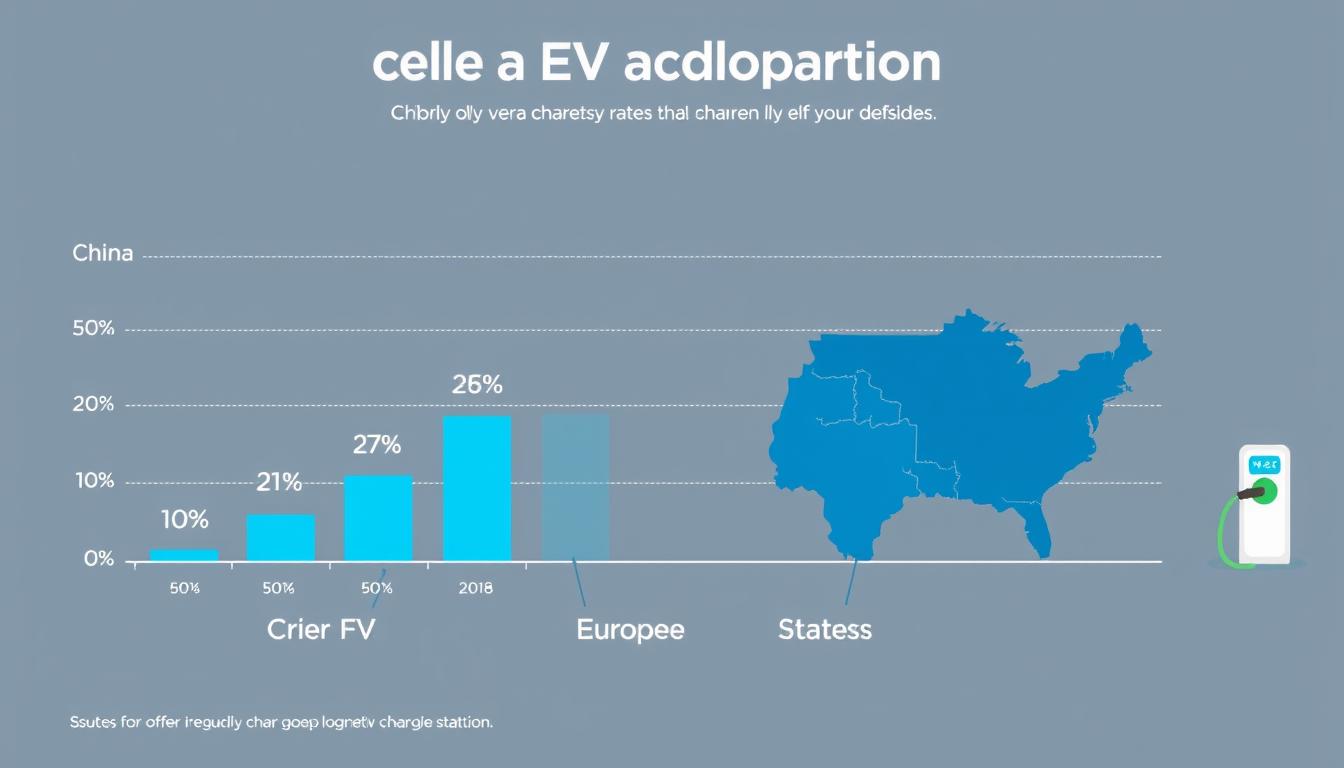In a world increasingly focused on renewable energy, how does one of the largest energy companies maintain its dominance while transitioning to greener solutions? PetroChina, a key player in the energy sector, has managed to achieve this delicate balance. Despite a 7.3% revenue decline in Q1 2025, the company reported a 2.3% profit increase, reaching $6.42 billion. This financial paradox highlights its strategic resilience.
PetroChina’s success lies in its ability to adapt. The company increased its natural gas output by 1.2%, producing 1361 billion cubic feet, while crude production rose by 0.2% to 240.2 million barrels. At the same time, it invested in renewable energy, adding 4.95 million kW of capacity and securing geothermal heating contracts. This dual focus ensures energy security while driving innovation.
What sets PetroChina apart is its commitment to both traditional and renewable energy. As the industry evolves, the company continues to lead, proving that it’s possible to thrive in a changing world. Its strategic investments and operational efficiency make it a model for others to follow.
Key Takeaways
- PetroChina achieved a 2.3% profit increase despite a 7.3% revenue decline in Q1 2025.
- Natural gas output rose by 1.2%, reaching 1361 billion cubic feet.
- Crude production increased by 0.2%, totaling 240.2 million barrels.
- The company invested in 4.95 million kW of renewable energy capacity.
- Geothermal heating contracts and downstream innovations highlight its forward-thinking approach.
Introduction to PetroChina
As the energy sector evolves, one company stands out for its vast scale and integrated operations. China National Petroleum Corporation (CNPC), the parent company of PetroChina, is the world’s third-largest oil producer by volume, contributing significantly to global oil production.
In 2024, it achieved a production of 243.7 million metric tons of oil equivalent, marking a 2.2% year-over-year increase, despite challenges like lower prices in the market.
The company’s energy mix reflects its adaptability. It produced 105.2 million tons of oil, a 0.4% rise, and 140.36 billion cubic meters of gas, up 4.6% from the previous year. This dual focus ensures energy security while meeting growing domestic and international demand.
PetroChina’s operations span the entire value chain. From upstream activities, including 217 million tons of domestic production, to downstream petrochemicals, the company maintains a seamless integration. Its refining capacity stands at 190 million metric tons, with 120 million tons of refined products annually.
Renewable energy is also a priority. In 2024, the company generated 4.72 billion kWh of clean energy and secured geothermal heating contracts covering 808.58 million square feet. Strategic projects, like the Jilin Petrochemical transformation, highlight its commitment to innovation.
“Our integrated approach ensures resilience and growth in a dynamic market,” said a company spokesperson.
Market dominance is another key strength. PetroChina holds a 60% share in the paraffin wax market and leads in low-sulfur coke production. Additionally, its output of new materials surged by 49.3%, showcasing its leadership in bio-manufacturing and advanced chemicals.
With a focus on efficiency and sustainability, PetroChina continues to set industry benchmarks. Its ability to balance traditional and modern energy needs makes it a model for others to follow.
PetroChina’s Financial Performance in 2025
Navigating a complex energy landscape, one company continues to demonstrate financial resilience in 2025. Despite a 7.3% decline in revenue to ¥753.11 billion in the first quarter, net profit rose by 2.3% to ¥46.81 billion. This financial paradox underscores its ability to adapt to shifting market conditions.
The upstream segment remained a strong performer, generating ¥159.75 billion yuan in operating profit. Increased output in natural gas, which saw a 9.7% rise in operating profit to ¥13.51 billion, played a significant role.
However, downstream challenges emerged, with refining margins declining by ¥2.42 billion due to processing 3.75 million barrels per day. As PetroChina said in the first quarter, the focus on oil gas production remains critical, despite these challenges. The listed arm of the company continues to adapt, ensuring that dividend strategies align with the increased output metrics in the coming quarters.
Sales trends also revealed a mixed picture. Gas sales grew by 3.7%, while gasoline sales fell by 8.2%. This shift reflects changing consumer preferences and market dynamics. Crude oil processing dropped by 3.4% year-over-year to 337.3 million barrels, impacting downstream profitability.
Revenue and Profit Analysis
The company’s financial strategy focused on tax optimization, saving ¥2.3 billion through fiscal discipline. Dividend payouts reached a record ¥0.47 per share, totaling ¥86.02 billion. This approach not only rewarded shareholders but also strengthened investor confidence.
Energy transition costs were significant, with a 49.3% growth in new materials output requiring substantial R&D investment. Despite these expenses, free cash flow remained robust, exceeding ¥100 billion for the third consecutive year.
Production and Sales Volume
Production metrics highlighted the company’s operational efficiency. Crude oil output reached 240.2 million barrels, while natural gas production climbed to 1361 billion cubic feet. These figures reflect a strategic focus on maintaining energy security.
Downstream challenges persisted, with the chemical division reporting a ¥308 million profit drop due to compressed margins. However, the company’s integrated approach ensured overall stability, balancing upstream gains with downstream pressures.
“Our ability to adapt to market shifts ensures sustained growth and resilience,” said a company representative.
Looking ahead, the company aims to leverage its upstream strengths while addressing downstream inefficiencies. This dual focus positions it to thrive in an evolving energy market.
PetroChina’s Role in the Global Oil Market
In the ever-changing energy landscape, one company’s influence on global markets remains unparalleled. Its strategic decisions shape oil prices, drive demand, and redefine the industry. With a focus on innovation and expansion, it continues to lead in a competitive environment.

Impact on Global Oil Prices
The company plays a pivotal role in determining oil prices worldwide. Through its advisory capacity in OPEC+ negotiations, it helps stabilize the market. A recent 7.2% decline in crude price realization has influenced global benchmarks, highlighting its far-reaching impact.
Its compliance with the Joint Ministerial Monitoring Committee (JMMC) is notable. By limiting oil output growth to 0.2%, it ensures stability in the industry. This restraint balances supply and demand, benefiting both producers and consumers.
Strategic Partnerships and Market Expansion
Expanding its global footprint, the company has forged key partnerships. A $22 billion collaboration with ADNOC in UAE unconventional reserves underscores its commitment to growth. Additionally, the Turkmenistan-China gas pipeline expansion to 65 billion cubic meters per year strengthens its position in the market.
Its leadership in marine fuels aligns with IMO 2025 sulfur caps. Holding a 35% share in Asian bunkering, it sets standards for cleaner energy. The Blue Ocean New Materials project, a $3.2 billion investment in polyolefins, further cements its role in high-end polymer chemicals.
| Area | Influence |
|---|---|
| Asia-Pacific LNG Trade | Controls 12% through 287.75B cm gas sales |
| Non-OPEC Supply Growth | Responsible for 18% in 2025 |
| Marine Fuel Market | 35% share in Asian bunkering |
Through these efforts, the company not only meets current demand but also shapes the future of the industry. Its strategic vision ensures it remains a dominant force in the global energy market.
Conclusion
Balancing traditional energy needs with modern sustainability goals, the company continues to set industry benchmarks. With a 4.8% yield and a 73% payout ratio, it ensures robust dividend returns for shareholders while meeting national mandates. Its 3-5% annual production growth through 2030 and 15% renewable energy target by 2028 highlight its forward-thinking approach.
The 75.12 million square meter geothermal expansion will significantly diversify its energy mix, including various chinese oil products. Capital allocation remains strategic, with $15 billion annually for upstream projects and approximately 100 billion yuan for energy transition initiatives.
This dual focus ensures resilience in a volatile market, with operating efficiencies expected to enhance output by several metric tons each quarter.
Geopolitical risks, driven by 28% overseas revenue exposure, are mitigated through diversified operations. The Guangxi Petrochemical upgrade is set to enhance ASEAN market penetration, aligning with global demand trends. Contrasting Western transition timelines, the company’s parallel development model positions it as a leader in state-capitalist governance.
In conclusion, the company exemplifies how to balance shareholder returns with national priorities, setting a benchmark for the industry.
FAQ
▶
▶
▶
▶
▶
▶













